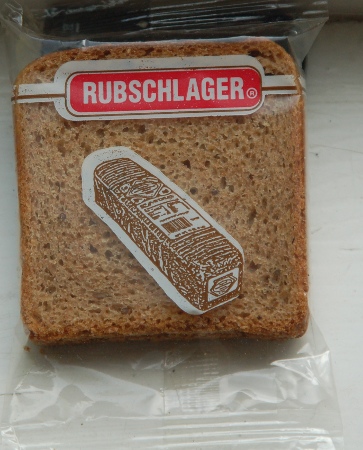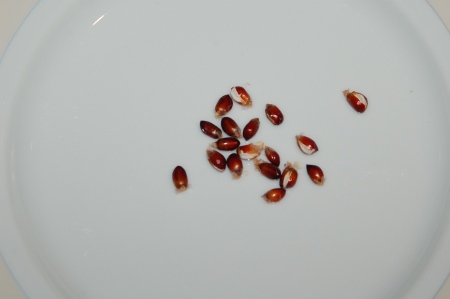As of the time of writing this post, a review of this book is the most read item on the UK Guardian Newspaper blog, Comment is Free.
While I find a lot to agree with in the underlying arguments, I have a lot of problems how both George Monbiot author of the review, and Simon Fairlie author of the book in question, present their points of view.
First Mr. Monbiot, apparently never a vegan himself, first says veganism is the only ethical diet, then changes his mind some months later. Now he claims not only was he wrong before, but in fact veganism promotes factory farming by way of being left out of the debate. What a load of rubbish.
I am not vegan, nor have I ever been, but how can you possibly claim in any way being vegan promotes factory farming? The simple fact is we live in a world where non factory farm animal products are all but totally unavailable except to a small handful of people, like those that live on the very disfunctional sounding permaculture settlement Mr. Fairlie describes in his book. If ethical animal products are unavailable, and buying any animal products at all means purchasing those of factory farm origin, how can you say it’s unethical to not buy or use them?
Next the suggestion the fat and protein from animals is somehow necessary for a healthy diet is seriously flawed. The vast majority of vegans and vegetarians live happy and healthy lives, without the need of any animal products or food supplements. The fact that people living on Fairlie’s permaculture settlement were purchasing such outside food suggests other problems than a lack of animals.
In fact, while his argument that animals are a critical part of the permaculture cycle is certainly true, this cycle could be maintained by raising animals and composting the dead carcases and by-products. There is nothing in the animal products themselves that would have improved their diet or in any way reduced the need to import external food items.
The argument can certainly be made that there would be little harm in consuming animal products made under such circumstances, and like Fairlie points in roughly half the quantities currently consumed by the average person now. The problem of course is that not everyone is willing to cut their meat in half, and given this some people will have to stop eating meat for the numbers to balance out. There will likely always be the need for some people to be vegan and vegetarian, and these people are not ethically wrong.
Finally there are Fairlie’s comments about the UN report on climate change that showed meat contributed 18% of global greenhouse gasses. Fairlie himself concludes this must be 10%, which is still a lot.
It’s clear there were some problems with how the figure of 18% was arrived at. In fact it’s amazing any figure was quoted at all. Apparently this was not a formal part of the report, but rather a number cited privately by the committee chair, Dr. Rajendra Pachauri. Since he is the committee chair, his comments are a little more than informal, and have to be (and should be) considered official.
What sort of climate report would have omitted this figure in the first place?? The very fact this figure had to come out in the way it did suggests contrary to what Fairlie says about some strong initial bias against the meat industry, rather there was intensive lobbying on their part to keep these figures out of the report entirely. In the end, even if 10% is what emerges, it’s a very damning figure. Dr. Pachauri did the world an enormous favor by raising awareness and starting debate over the issue at apparently great personal expense.
Dr. Pachauri has received an enormous amount of criticism over his use of non peer reviewed information in the UN report, and I think this is very unfair. It’s true, we depend on science to learn the truth on these matters, and peer review is a very important way of arriving there. At the same time we live in a world where small groups of people control the funding that drives modern science, and the interpretation of facts can be grossly distorted with simple denials of fact, that lead to conclusions based on the lowest common denominator of what can be agreed or proved. It’s important in these cases that peer reviewed science be used to enhance our understanding of the world, and not to stifle the truth. In the absence of truly independent and unbiased science, it’s important the whole of what’s known be available for people to debate and discuss, and a best effort of truth be achieved with information from all reasonable sources, then documented for what it is.






